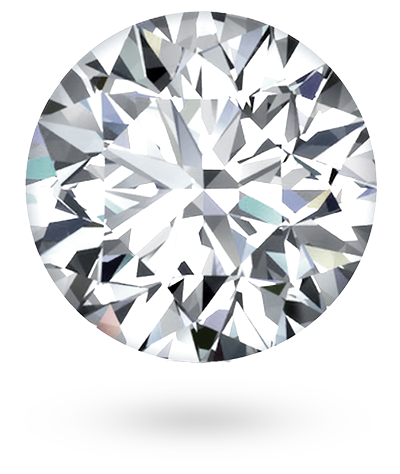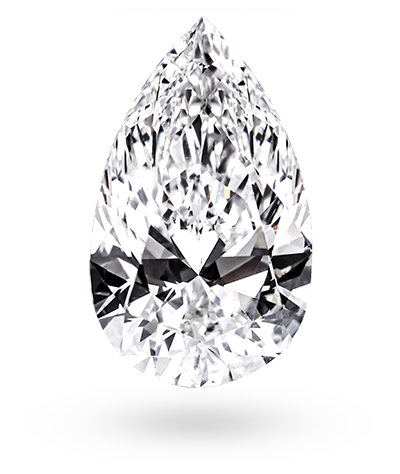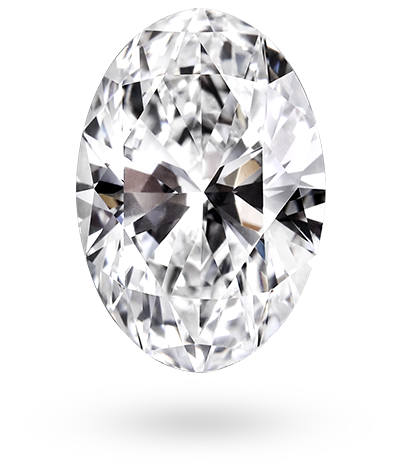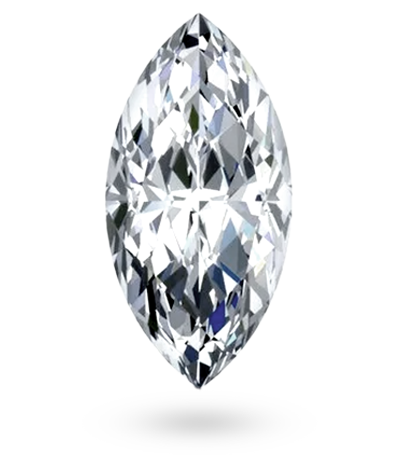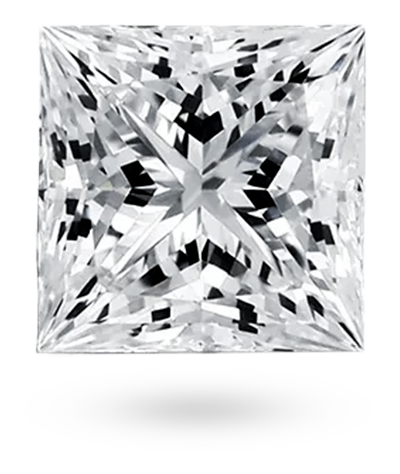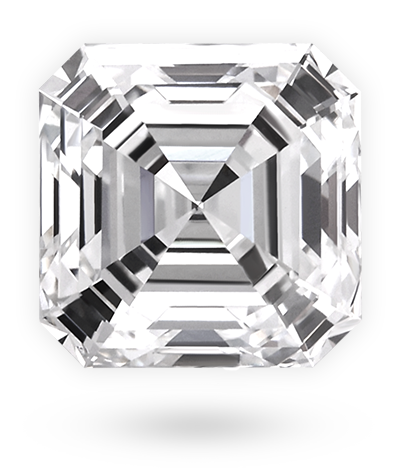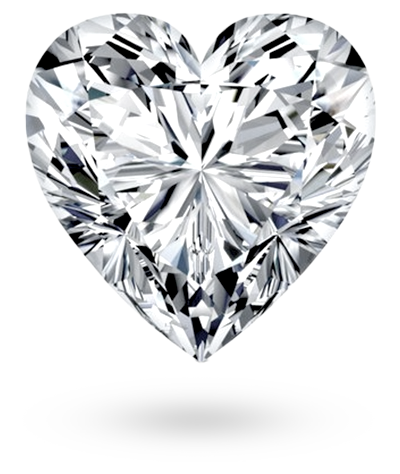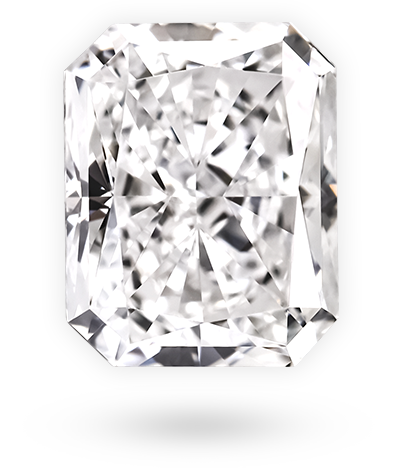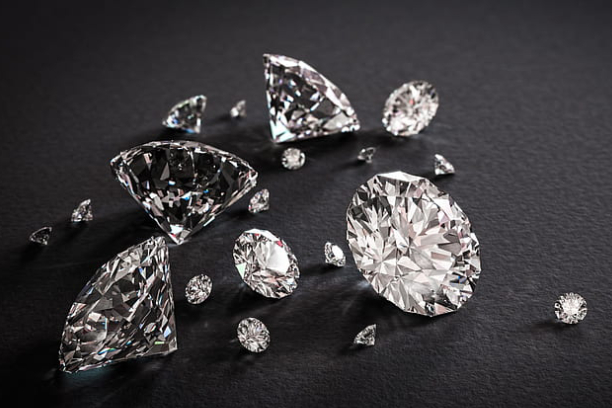Diamonds have long captured the imagination and admiration of people around the world. Renowned for their brilliance, durability, and timeless allure, these precious gemstones hold a special place in our hearts and jewelry collections. But beyond their stunning appearance, diamonds have a fascinating story to tell—one that spans millions of years and involves remarkable natural processes.
Formation of Diamonds: Nature’s Masterpiece
The journey of a diamond begins deep within the Earth’s mantle, where extreme heat and pressure transform carbon atoms into crystalline structures over billions of years. This process, known as crystallization, results in the formation of diamonds, which are then brought closer to the Earth’s surface through volcanic eruptions and other geological forces.
The Four Cs: Understanding Diamond Quality
When it comes to evaluating the quality of a diamond, experts rely on the four Cs: cut, color, clarity, and carat weight. Each of these factors plays a crucial role in determining the overall beauty and value of a diamond:
- Cut: The cut of a diamond refers to its proportions, symmetry, and polish, which directly impact its brilliance and sparkle. A well-cut diamond reflects light in a way that maximizes its fire and brilliance, making it appear more vibrant and captivating.
- Color: Diamonds come in a variety of colors, ranging from colorless to shades of yellow, brown, and even rare hues like blue and pink. The most valuable diamonds are those with minimal color, as they allow more light to pass through and exhibit greater brilliance.
- Clarity: Clarity measures the presence of internal flaws (inclusions) and external blemishes (blemishes) within a diamond. Diamonds with fewer imperfections are considered more valuable, as they exhibit greater clarity and brilliance.
- Carat Weight: Carat weight refers to the size of a diamond, with one carat equal to 200 milligrams. While carat weight is often associated with the size of a diamond, it’s important to note that a diamond’s value is also influenced by its cut, color, and clarity.
Ethical Sourcing: Ensuring Responsible Practices
In recent years, there has been growing awareness and concern about the ethical and environmental impact of diamond mining. To address these concerns, many reputable jewelers and diamond suppliers have adopted ethical sourcing practices, including:
- Conflict-Free Diamonds: Ensuring that diamonds are sourced from regions free of conflict and human rights abuses.
- Responsible Mining: Supporting mining operations that adhere to strict environmental and labor standards, minimizing the ecological footprint of diamond extraction.
- Community Development: Investing in initiatives that benefit local communities, such as education, healthcare, and infrastructure development.
By choosing ethically sourced diamonds, consumers can feel confident that their purchase supports responsible practices and contributes to positive social and environmental outcomes.
The Enduring Appeal of Diamonds
From ancient civilizations to modern-day romantics, diamonds have captivated hearts and minds for centuries. Whether adorning an engagement ring, a pair of earrings, or a statement necklace, diamonds symbolize love, beauty, and timeless elegance. As we continue to marvel at their brilliance and allure, let us also appreciate the remarkable journey that transforms carbon into the precious gemstones we cherish.
At [Diamond Company Name], we are committed to offering ethically sourced diamonds of the highest quality, ensuring that each stone is a testament to nature’s extraordinary beauty and craftsmanship. Explore our collection today and discover the perfect diamond to celebrate life’s most precious moments.

